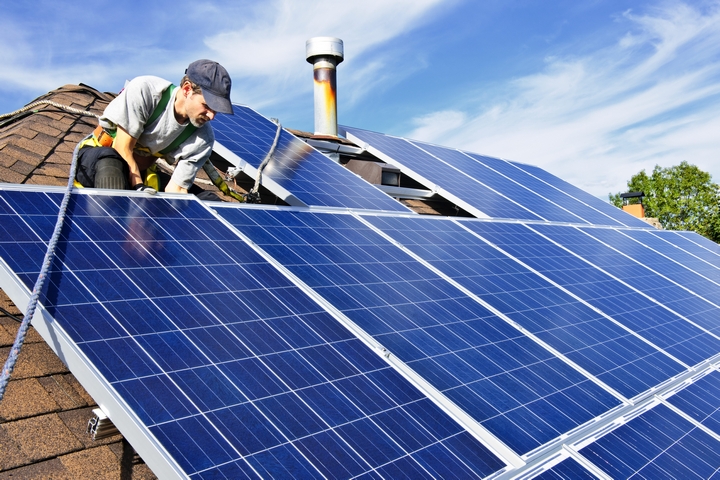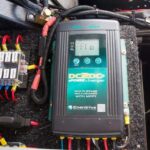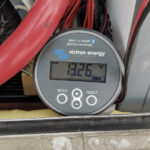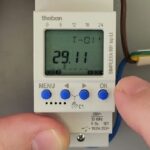If you’re looking to switch to a renewable energy source like solar power, then there are a few things you should consider before setting up your own solar system. But setting up your own solar system can be a bit confusing if you’re unfamiliar with how they work. Some of the most important things you’ll have to determine are the wattage, the solar panel size, and the physical space required in order to get it going.

The wattage is by far the most important factor to consider. Underestimating the number of watts you need to power everything you want can be disappointing. On the other hand, overestimating the number of watts you need can end up costing you more than necessary. Generally, a square meter panel generates about 150W of power. There are a couple of panel sizes that are considered standard: 80W, 120W, 160W, 200W, 275W, with the 325W solar panel size being most popular for residential purposes.
In order to determine how much watts you need from the solar system, you should make a list of all the devices you’ll want to be powered by it. After making the list, you need to find out each item’s required wattage, which is typically found on the sticker that most electrical devices have. Once you’ve determined the amount of wattage you’ll need, you can consider the solar panel sizes you want, and the number of panels you need. For instance, if you use the TV for about 7 hours a day, a 100W TV will consume about 700wh from your solar battery. It’s always a good idea to go slightly above the required amount just in case, so two 325W solar panel modules will be enough to power it.
However, you also need to take into account how much sunshine you get every day. So for instance, if you calculated that you need 5000W to power every electronic device per day, and you only get 5 hours of sun exposure, you’ll need 1kW (1000W) solar panels. And as aforementioned, panels come in various different shapes and sizes. A 275W panel will be approximately about 1.7m x 1m. So in the example above, for a 1kW system, you’ll need about 4 of these panels, which equates to an area of about 6.8m x 4m.
If you’re short on space, that doesn’t mean that you should completely give up on solar power. Instead, you’ll have to find a balance between power and space. Go back to the list of items you made for the devices that need to be powered, and try to cut it down. If you’re installing a solar system just so that you have backup power during power outages, then you don’t really need the list to be that long anyway. Stick to the essentials, and rework your calculations. Worth noting is that you can also find solar panels that provide more power and are smaller but do expect to pay more for them.






















